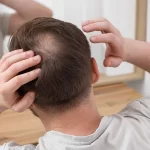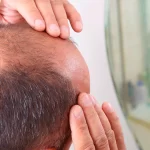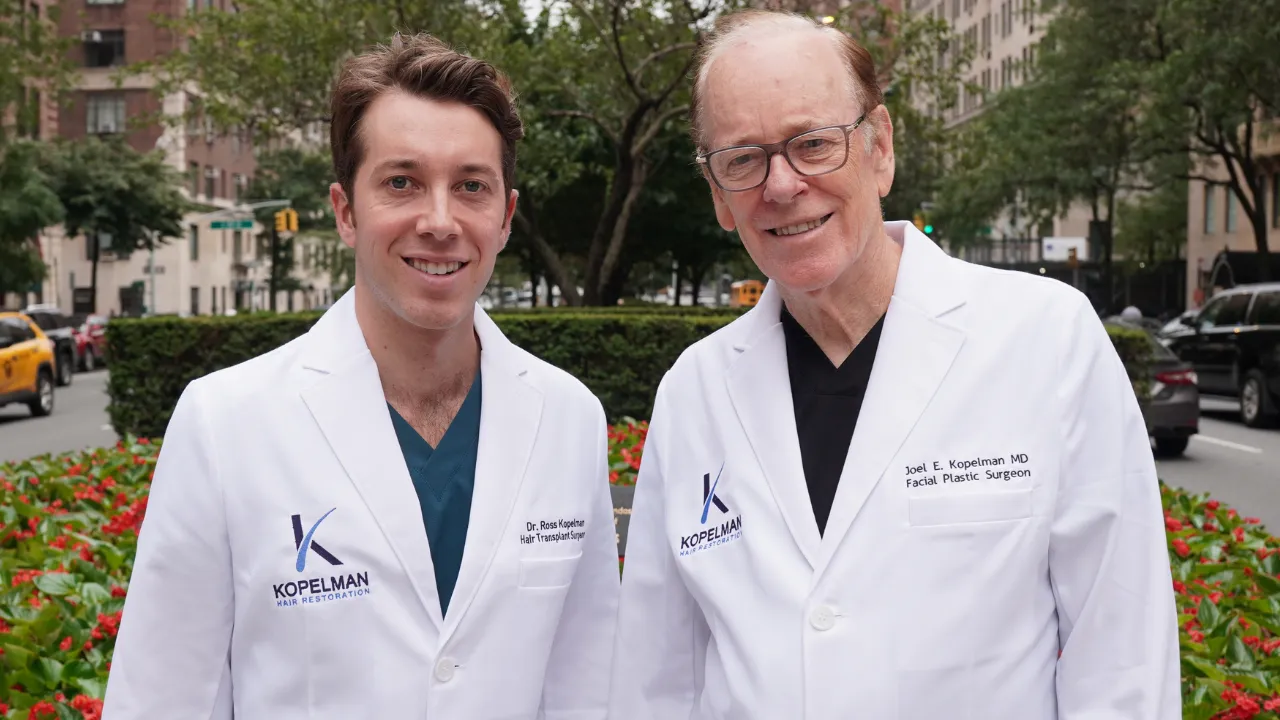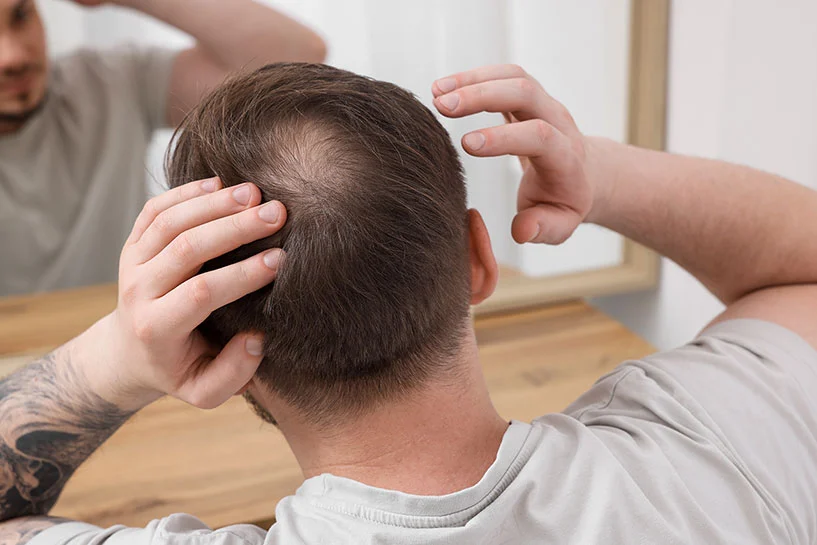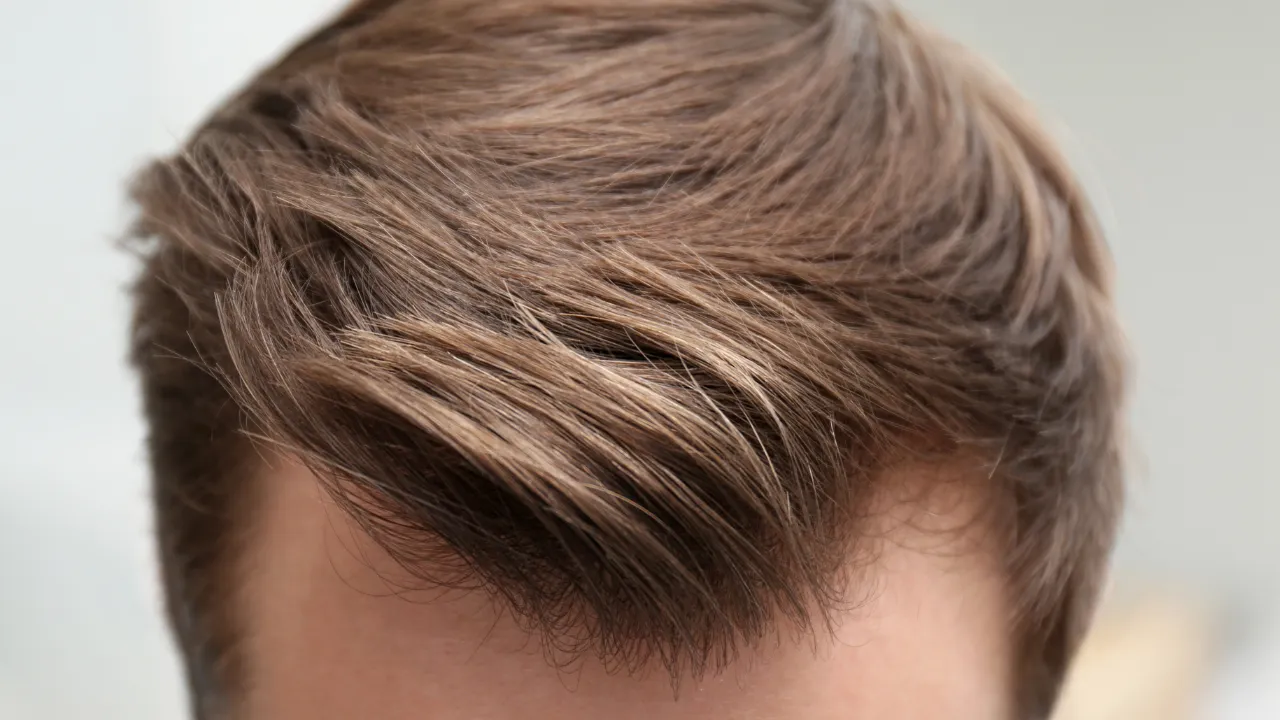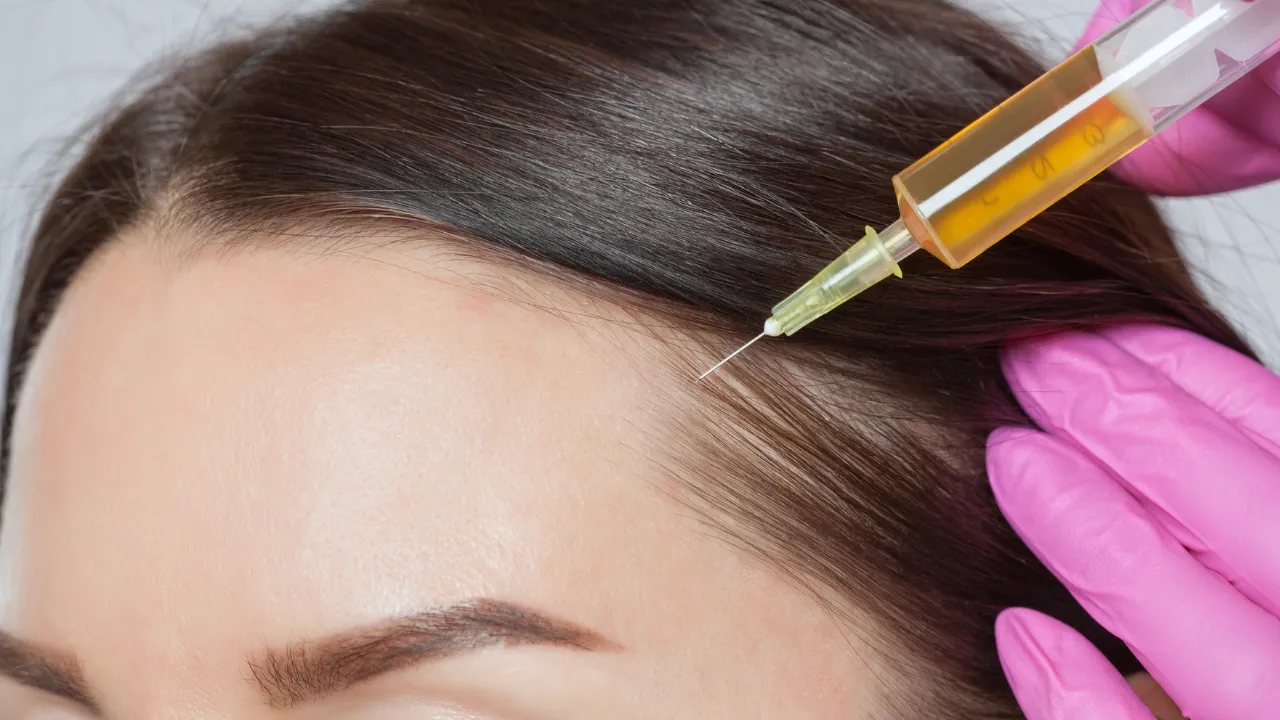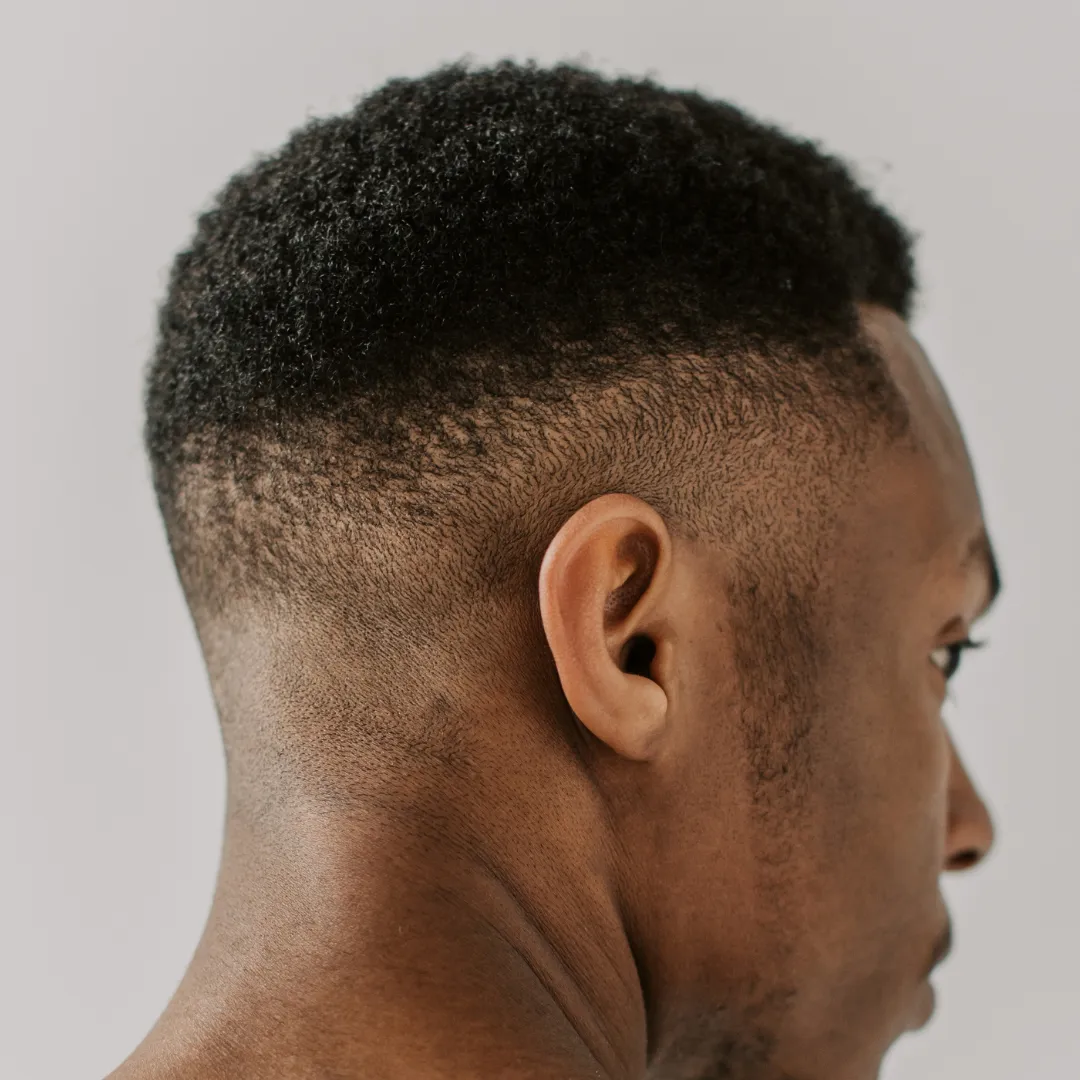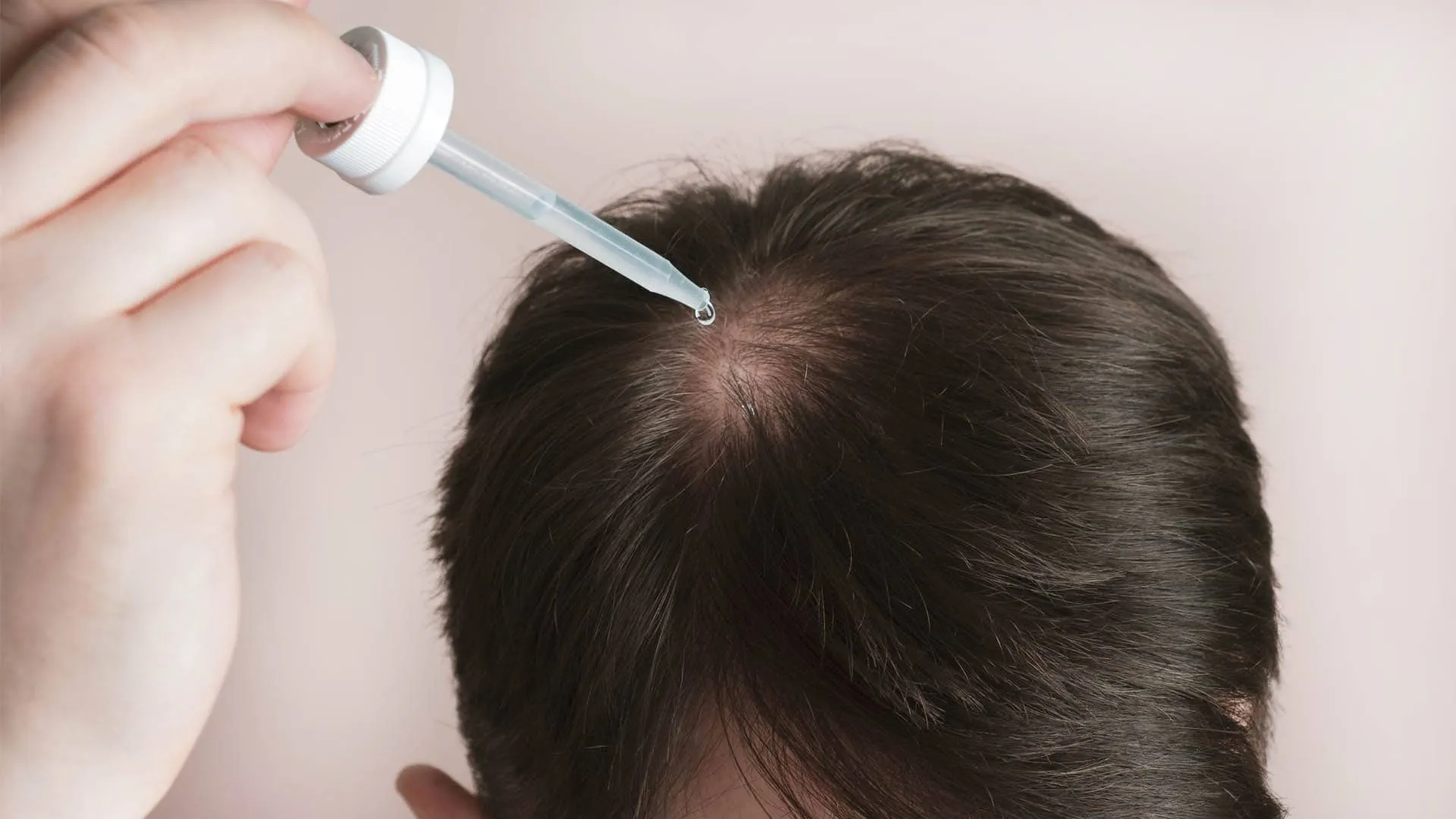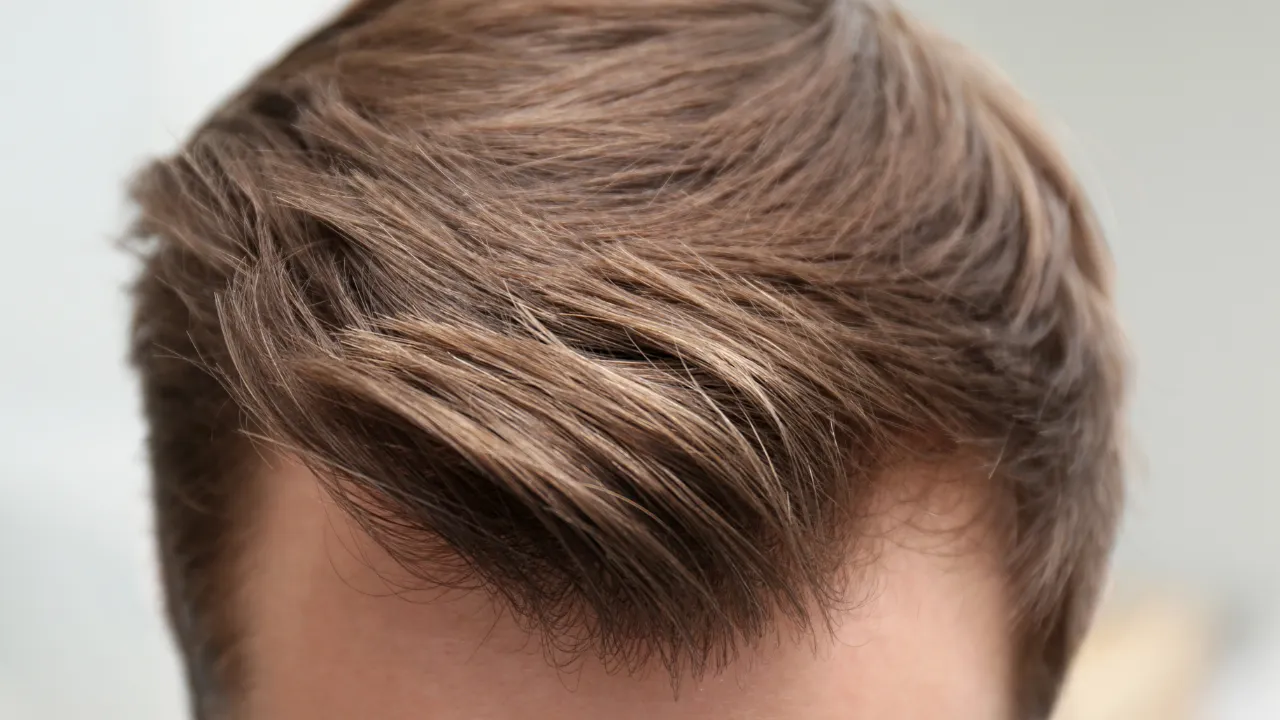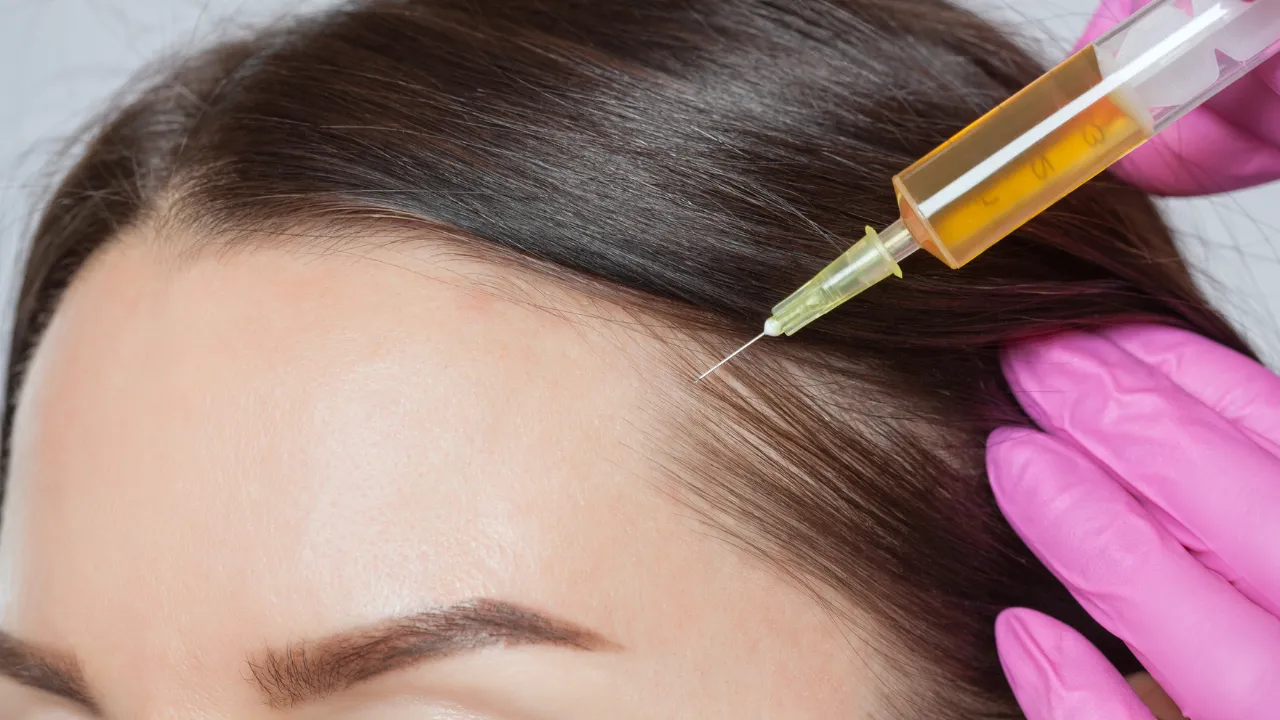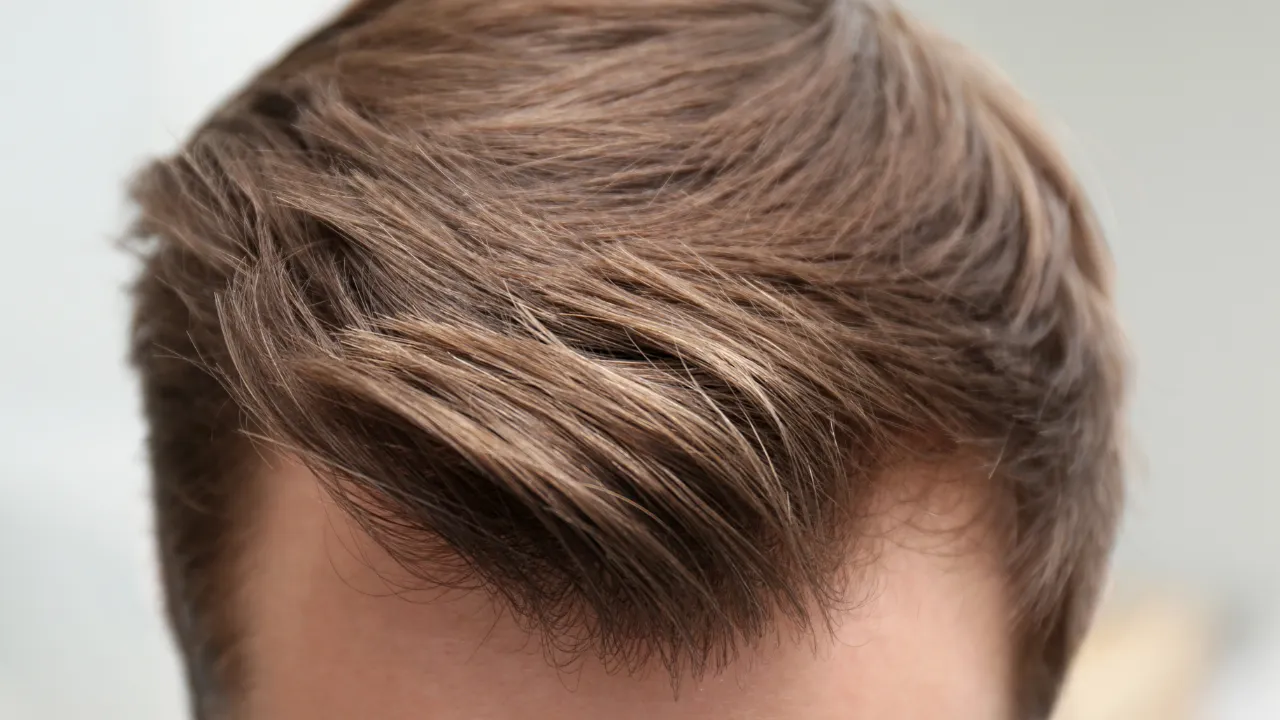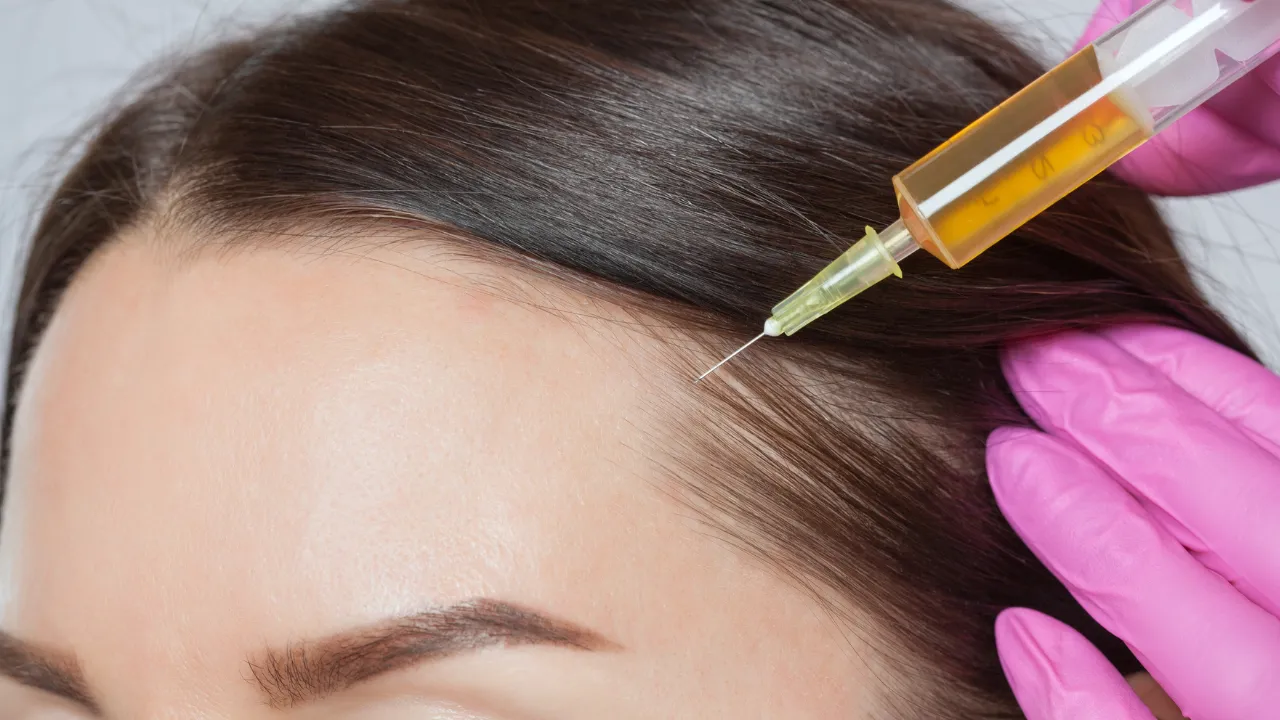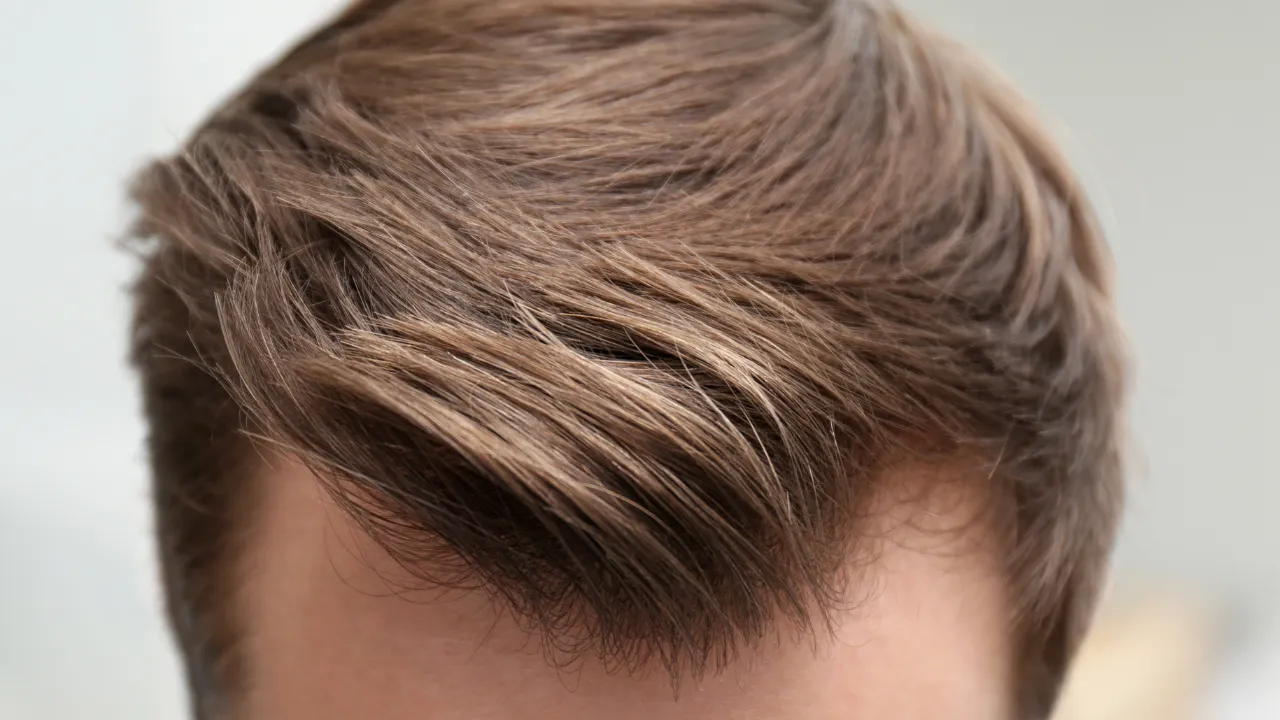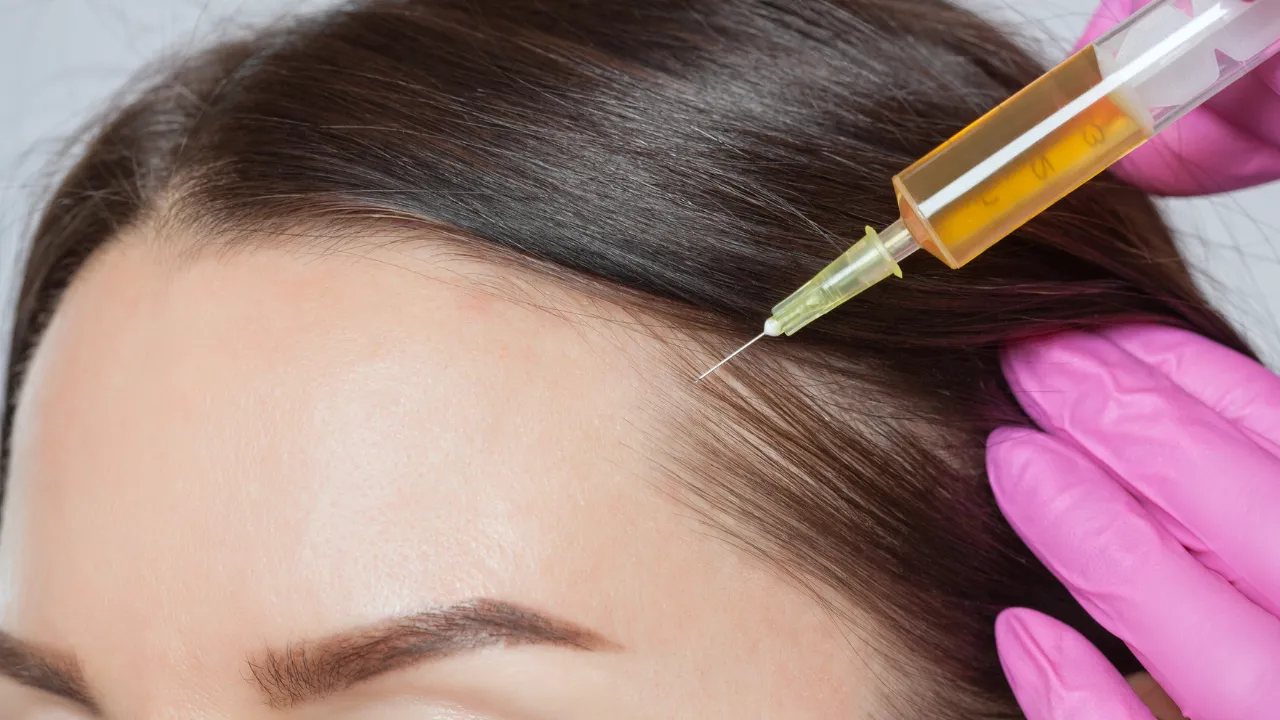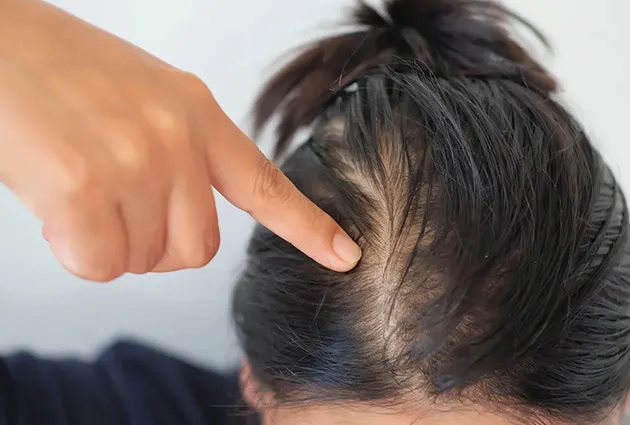Table of Contents
ToggleMany teenagers notice early hair thinning and wonder what’s behind it. The answer depends on genetics, hormones, diet, stress, and scalp health.
If you’re asking yourself, “why is my hair thinning at 16?”, the most common reason is a temporary imbalance rather than permanent baldness. Hormonal shifts, nutritional gaps, or tight hairstyles can all cause noticeable hair shedding during the teenage years. With the right care, most regain healthy, fuller hair.
At Kopelman Hair, our specialists understand how stressful losing hair at a young age can be. With over 40 years of expertise, Dr. Kopelman and his team identify each patient’s type of hair loss and design safe, personalized treatments to restore confidence and scalp health.
Key Takeaways
- Most cases of hair thinning at 16 are temporary and related to hormonal changes, stress, or nutritional deficiencies rather than permanent patterned hair loss.
- Both teenage boys and girls experience noticeable hair thinning, but the causes differ; girls often face hormonal or iron imbalances, while boys are more influenced by DHT and family history.
- Early diagnosis through blood tests and scalp analysis helps detect patchy hair loss or early androgenetic alopecia before it worsens.
- Balanced nutrition, gentle styling, and stress control can reduce hair loss, including that caused by hormones or a poor diet.
- Consulting an expert like Dr. Kopelman ensures the right care for every type of hair loss during adolescence.
Is Hair Thinning at 16 Normal?
Hair thinning during the teenage years is common. Hormonal changes, stress, or diet can disrupt the growth cycle and cause shedding. Many teens experience noticeable hair loss from temporary conditions like telogen effluvium, but recover naturally once balance returns.
Early signs include visible scalp, widening parts, or mild patchy hair loss. If thinning lasts for several months, it’s best to visit a specialist. Early evaluation helps rule out permanent conditions and ensures timely treatment.
Understanding the Hair Growth Cycle
Each hair follicle goes through a growth, rest, and shedding phase. Hormones like DHT can shorten the growth stage, making strands thinner. This can lead to patterned hair loss if untreated. Recognizing these early shifts allows specialists to determine the right solution for your type of hair loss.
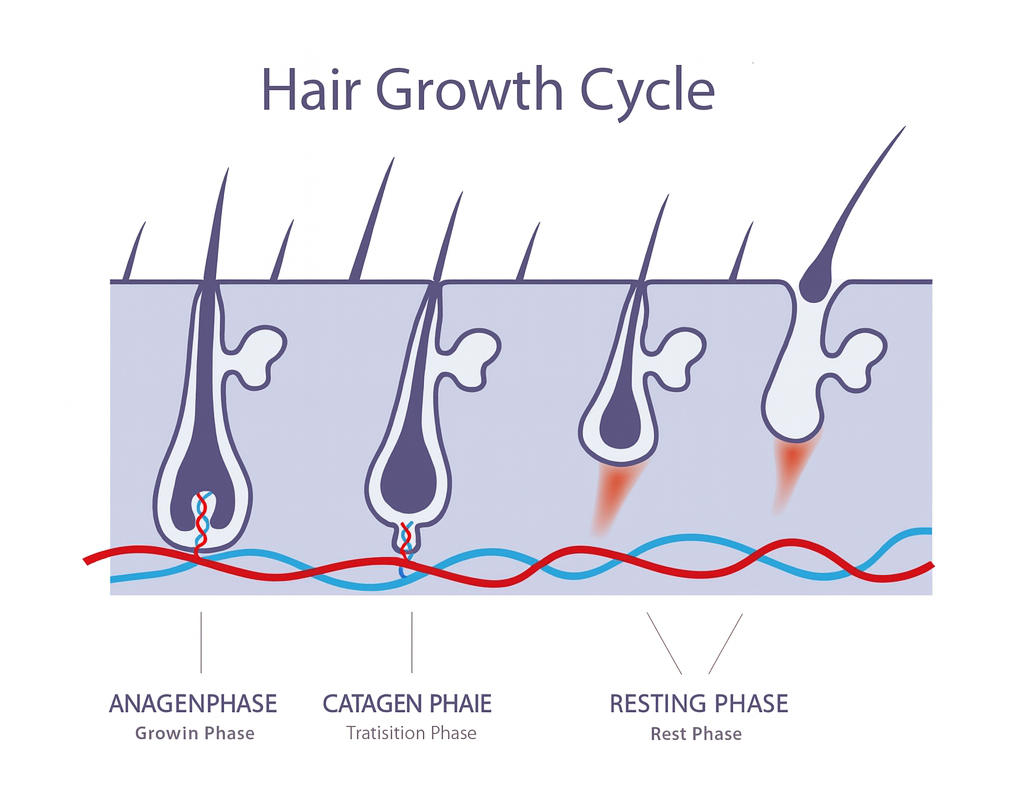
Main Causes of Hair Loss in Teens
1. Genetic and Hormonal Changes
Some teens inherit a family history of patterned hair loss, where DHT gradually weakens follicles. This type of hair loss, known as androgenetic alopecia, can start in adolescence. Early management helps prevent visible thinning.
2. Stress, Illness, or Weight Change
Stress, illness, or sudden dieting can trigger hair loss, including excess shedding. This usually appears weeks after the cause and improves as balance returns. Regular sleep, good nutrition, and stress control aid recovery.
3. Poor Diet and Nutritional Deficiency
Lack of iron, zinc, or vitamin D weakens follicles and causes hair to fall prematurely. Foods like spinach, eggs, and salmon help restore strength and thickness.
4. Styling Damage and Tight Hairstyles
Frequent heat styling or tight ponytails can strain roots, leading to patchy hair loss. Letting hair rest and using looser styles prevents traction damage.
5. Scalp Problems and Autoimmune Conditions
Autoimmune conditions like alopecia areata or psoriasis may cause patchy hair loss. They happen when the immune system attacks the hair follicle, disrupting growth. Dermatological care helps restore balance and regrowth.
Recognizing these common causes of hair thinning allows teens to act early and prevent chronic issues.
Hair Thinning in Teens: Female vs Male
Dr. Kopelman explains, “Early hair thinning in teens is often reversible when hormonal balance and nutrition are restored.” At Kopelman Hair, every patient receives a full assessment, bloodwork, scalp evaluation, and nutritional review to identify the type of hair loss and prevent long-term patterned hair loss.
For teenage girls, hormonal imbalance or iron deficiency are the main causes of noticeable hair thinning. In some, early female pattern baldness appears around the crown. Treating hormonal or nutritional causes usually restores growth.
In boys, high DHT or family history can trigger patterned hair loss. It often begins at the temples or crown. A specialist can determine whether it’s temporary shedding or early androgenetic alopecia.
How to Stop Hair Loss in Teenage Girls
- Eat nutrient-rich foods with iron and protein.
- Avoid harsh chemicals and tight styles.
- Reduce stress through rest and physical activity.
How to Stop Hair Loss in Teenage Guys
- Limit heat tools and strong products.
- Keep a healthy diet and sleep schedule.
- Seek medical advice if thinning continues.
Diagnosing Teenage Hair Loss
A proper diagnosis starts with reviewing family history, stress levels, and diet. Blood tests identify thyroid or hormone imbalances that lead to hair loss, including excessive shedding.
Specialists may use trichoscopy to detect patterned hair loss, patchy hair loss, or inflammation. Identifying the exact type of hair loss early increases recovery chances and prevents bald patches.
Treating and Preventing Hair Thinning
Topical and Medical Treatments
Topical products like minoxidil stimulate the hair follicle and slow patterned hair loss. Doctors may address hormonal or immune-related issues for lasting results.
Nutrition and Stress Management
A healthy diet supports strong follicles. Managing stress with rest, exercise, or mindfulness helps prevent hair loss, including stress-related shedding.
Healthy Hair Habits
Simple routines protect against future noticeable hair loss:
- Use sulfate-free shampoo.
- Massage the scalp gently.
- Avoid over-styling and harsh chemicals.
- Maintain steady sleep patterns.
Professional Hair Restoration Options
At Kopelman Hair, patients receive personalized care. Addressing different types of hair loss early maintains natural thickness and prevents patchy hair loss progression.
Frequently Asked Questions about Hair Thinning at 16
Can hair grow back after stress or illness?
Yes. Most types of hair loss in teens are temporary once balance returns.
Do autoimmune conditions cause patchy hair loss?
Yes. The immune system can attack the hair follicle, creating patchy hair loss or small bald areas.
Coping with Teenage Balding
Hair loss can affect confidence during adolescence. Open discussion and early action reduce stress and restore control. Remember, noticeable hair thinning in your teenage years is often reversible with professional care.

Parents should consult a specialist instead of relying on home remedies. Expert care from Dr. Kopelman ensures accurate diagnosis and treatment of hair loss, including hormonal, genetic, or autoimmune causes.
Most teens who experience hair loss in their teenage years recover fully with early diagnosis and healthy habits. Understanding the common causes of hair thinning and seeking expert help can protect your scalp and confidence.
If you’re unsure what’s causing your noticeable hair thinning, schedule a consultation at Kopelman Hair for a professional evaluation.





